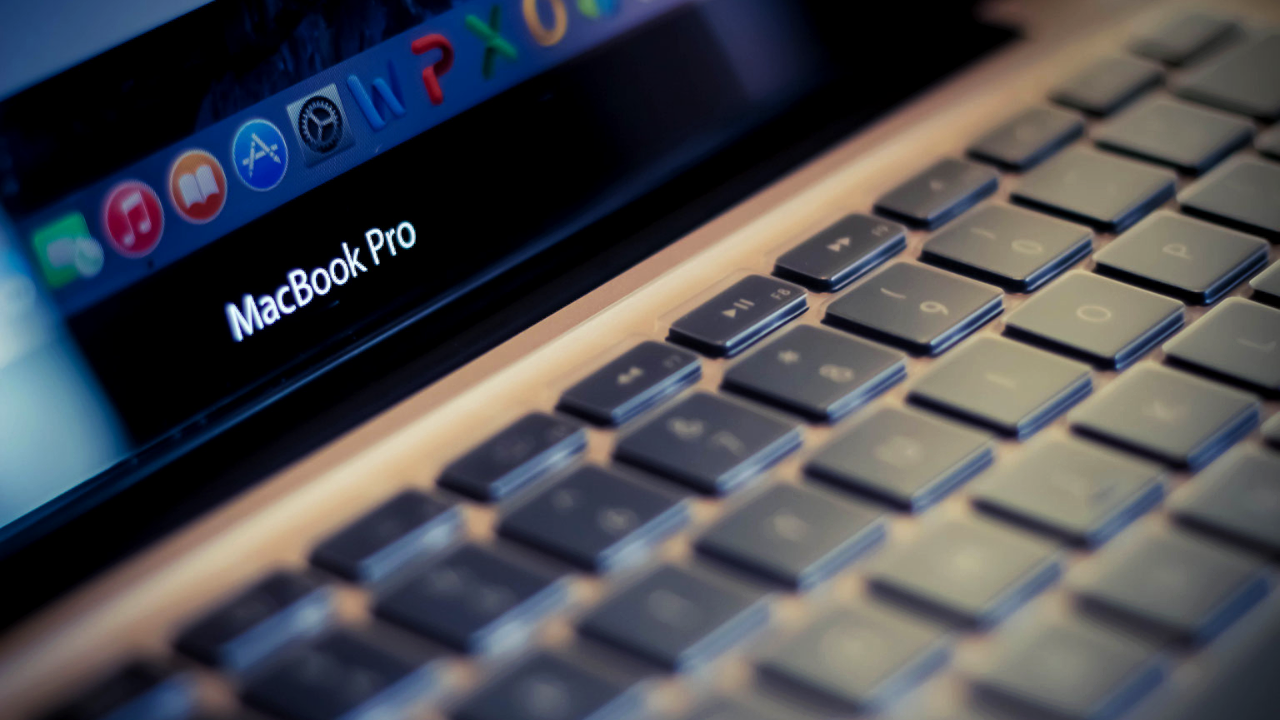How to use an Android phone seamlessly with an Apple MacBook
Apple isn't Android's biggest fan, but you can still make your Android phone and Apple laptop play nice with one another


If you have a MacBook Air or MacBook Pro, Apple very much hopes you'll also have one of the best iPhones – and ideally an iPhone 13. But while many of us Mac users do indeed have iPhones, not all of us do.
Certainly among my friend group there are more Mac users with one of the best Samsung phones than iPhones, because for them the Samsungs are the best phones for what they want to do. And that's great, but Apple isn't exactly keen on bringing all its best stuff to Android.
However, there are plenty of ways to make the most of your Android phone and Mac laptop. Here are my 5 top tips to make Apple and Android play nice.
1. Use a different cloud service
As much as I love iCloud, it's not my choice for sharing and syncing with other operating systems. For that I use Microsoft's OneDrive, which works brilliantly on my Mac; you may prefer Google Drive. For online collaboration it's Google Docs for me all the way: it's free and everybody I work with uses it.
Both Microsoft and Google's apps integrate brilliantly with macOS: on my Mac I have an extra folder called OneDrive, and all I need to do is save to it or drag a file or folder into it and it's automatically synced with OneDrive online and my other devices too. Goole Drive for Desktop is similar, and don't worry if you see reports it's being shut down on desktops: it's been replaced by an app briefly called Drive File Stream, but that's been renamed to Google Drive again.
Both services make it really easy to share your cloud-stored files with other people too: it's just a matter of right-clicking and choosing the share option.
2. Put your photos elsewhere
Although it's possible to use Apple's iCloud Photos on the web at iCloud.com, it's a better idea to go with Google Photos. That way your Android photos will be instantly available on your Mac too.
Get all the latest news, reviews, deals and buying guides on gorgeous tech, home and active products from the T3 experts
3. Forget about Messages
Apple doesn't want to bring its Messages app to Android, and that means you're better off with something that doesn't lock you to a particular platform: Google Messages on the web, for example, which enables you to send and receive SMSes on your Mac. All the other big-name apps are available for Android as well as the Mac: Facebook Messenger, WhatsApp, Telegram, WeChat and more are all in the Mac App Store.
4. Move to Chrome
Apple's Safari browser and keychain password service are Apple-only, but Chrome offers effectively the same thing: if you move to Chrome on your Mac you can then use your Google account to sync passwords, logins and other key data. And Chrome also supports external password managers and other utilities via extensions. A particularly useful one is Clipt, which uses Google Drive to copy from Mac to phone and vice-versa.
5. Consider a different music streamer
Apple Music is available for Android, but if you'd rather not pay for an Apple service there are no shortage of cross-platform streaming services including Spotify, TIDAL, Deezer, YouTube Music and many, many more.
Not all music services are created equally, though. YouTube Music's interface isn't the best and you'll need a third party app if you want a dedicated desktop version for your Mac. You'll probably find that Spotify, TIDAL and Deezer have better user experiences that are consistent across desktop and mobile apps. If high-res audio is your thing, TIDAL's Masters Audio delivers incredible sound quality but you'll have to pay a little bit more for it.
If you're into smart home technology, Spotify is well worth a look: it works across everything from smart speakers to smart TVs as well as your Android phone and your Mac, and it can even sync your music with Hue lights.
- Equip your iMac or MacBook with the best Mac VPN
Writer, musician and broadcaster Carrie Marshall has been covering technology since 1998 and is particularly interested in how tech can help us live our best lives. Her CV is a who’s who of magazines, newspapers, websites and radio programmes ranging from T3, Techradar and MacFormat to the BBC, Sunday Post and People’s Friend. Carrie has written more than a dozen books, ghost-wrote two more and co-wrote seven more books and a Radio 2 documentary series; her memoir, Carrie Kills A Man, was shortlisted for the British Book Awards. When she’s not scribbling, Carrie is the singer in Glaswegian rock band Unquiet Mind (unquietmindmusic).
